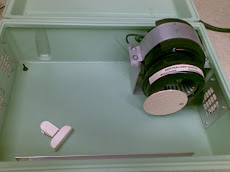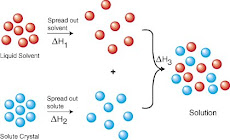The Benefits Of Brand
Names
Selling Commercial Versions Of Consumer Brands
BY Heather Larson
What comes first, the product or the brand? It depends. In
1956, the permanent marker was invented, and then in 1964 along came the
Sharpie. Xerox quickly became the term used for any photocopying machine after
its introduction into the marketplace in 1959. More people ask for a Kleenex
than a tissue and Jell-o is synonymous with gelatin.
When it comes to products used in restrooms, many
recognizable consumer brands come in versions suitable for commercial cleaning.
Carrying these well-known brands can be advantageous to jan/san distributors.
When the decision-maker recognizes the brand, that can make
the buying decision easier, says Glenn Rasin, chemical specialist and lead
trainer for EBP Supply Solutions, Milford, Connecticut.
Many distributors offer a variety of name-brand options for
soap, hand sanitizer, cleaning chemicals, paper towels, toilet tissue and other
restroom products. Most consumers have either used these brands at home or are
at least aware of them. But will restroom patrons notice these brands in a
commercial setting?
“I think the general public doesn’t realize they’ve seen the
brand names, but subliminally, they see it and recognize it,” says Jack
Loughrey, account manager at Dalco Enterprises Inc., New Brighton, Minnesota.
“I would bet, if you were shown flashcards with the brand logos without the
type, just the color and shape, you could identify many, if not most of them.”
It’s the entire package of attributes — the logo, font,
design, colors, smell, price, etc. — that makes a product memorable. When
someone sees these famous-name products, it provides a sense of assurance, a
promise of sorts.
Sometimes a hint of this promise wafts through the scent or
when visualizing the color of the product. Either of these sensations creates a
level of comfort for the cleaning staff, says Rasin. They have familiarity with
this product. That comfort level comes from seeing literally decades of
commercials, ads and marketing efforts costing billions of dollars, he says.
Not only do these products breed familiarity, but they have
also been proven effective.
“These brands are the leaders for many reasons,” says
Loughrey. “Performance and reliability are two of the most important
[attributes] for those who work directly with the products.”
Custodial staff members appreciate when products perform as
advertised. They don’t like it when they have to work with inferior products
like paper towels that “tab” leaving bits of paper all over the floor, leaky
soap dispensers or paper towel dispensers that jam, says Loughrey. It means
extra work for them.
A company’s brand name is one of its key assets so it has to
protect product quality. If something goes wrong, a company has a great deal to
lose. For example, Takata airbags are still being recalled. These airbags were
installed in millions of vehicles, making this a costly experience for Takata,
not just in terms of dollars, but in publicity. Perhaps not surprisingly,
Takata filed for bankruptcy in 2017.
Because well-known manufacturers do work upfront to ensure
product quality, distributors shouldn’t have to worry if the product will
perform when pitching it to clients.










































